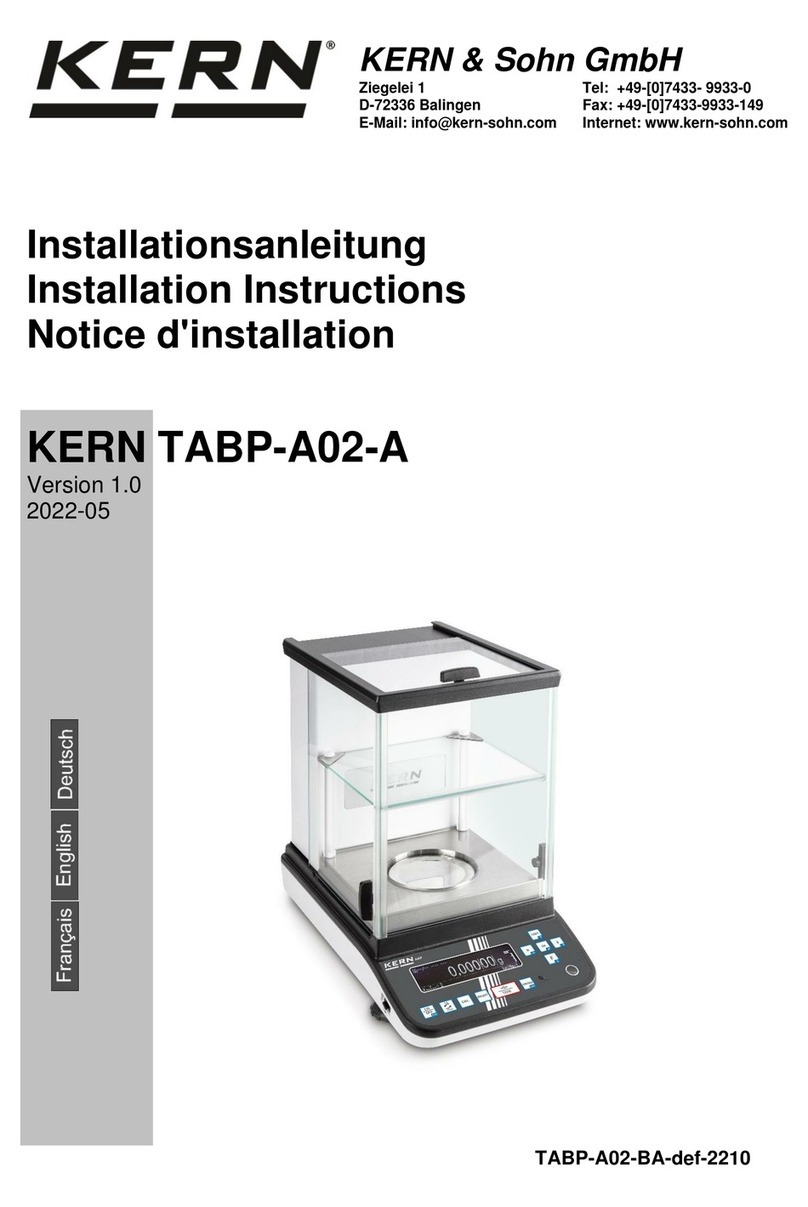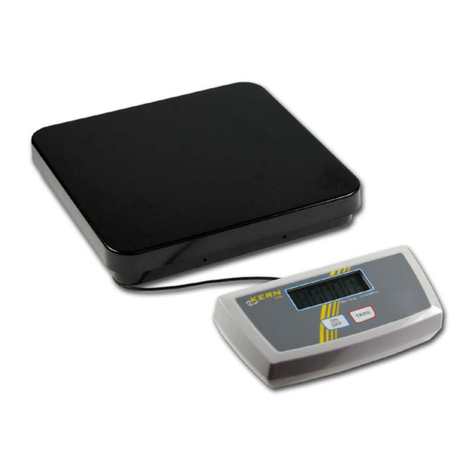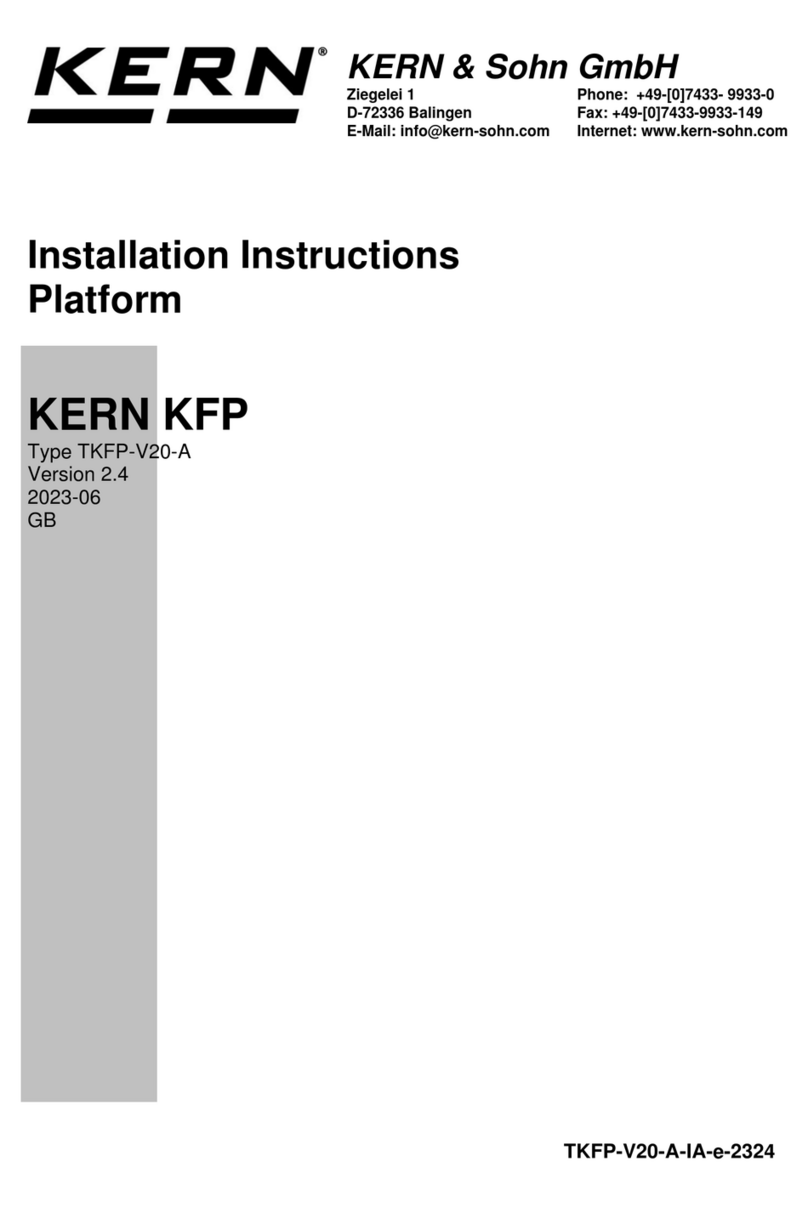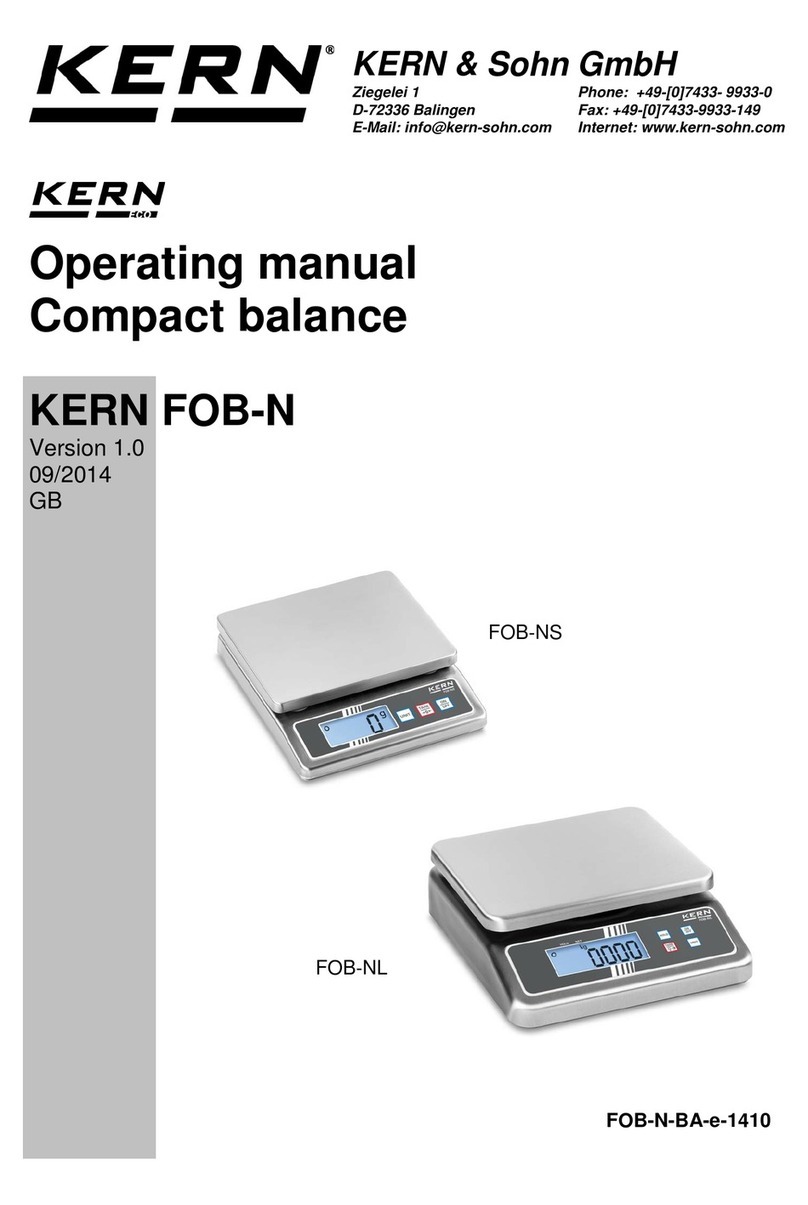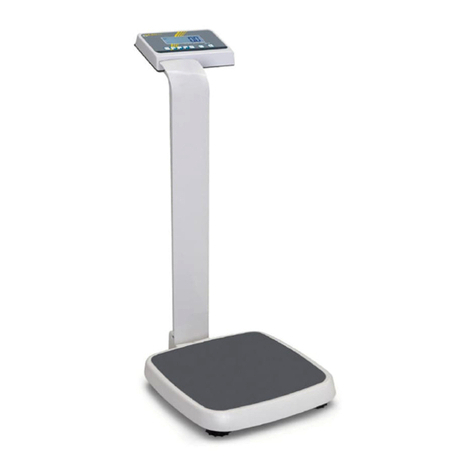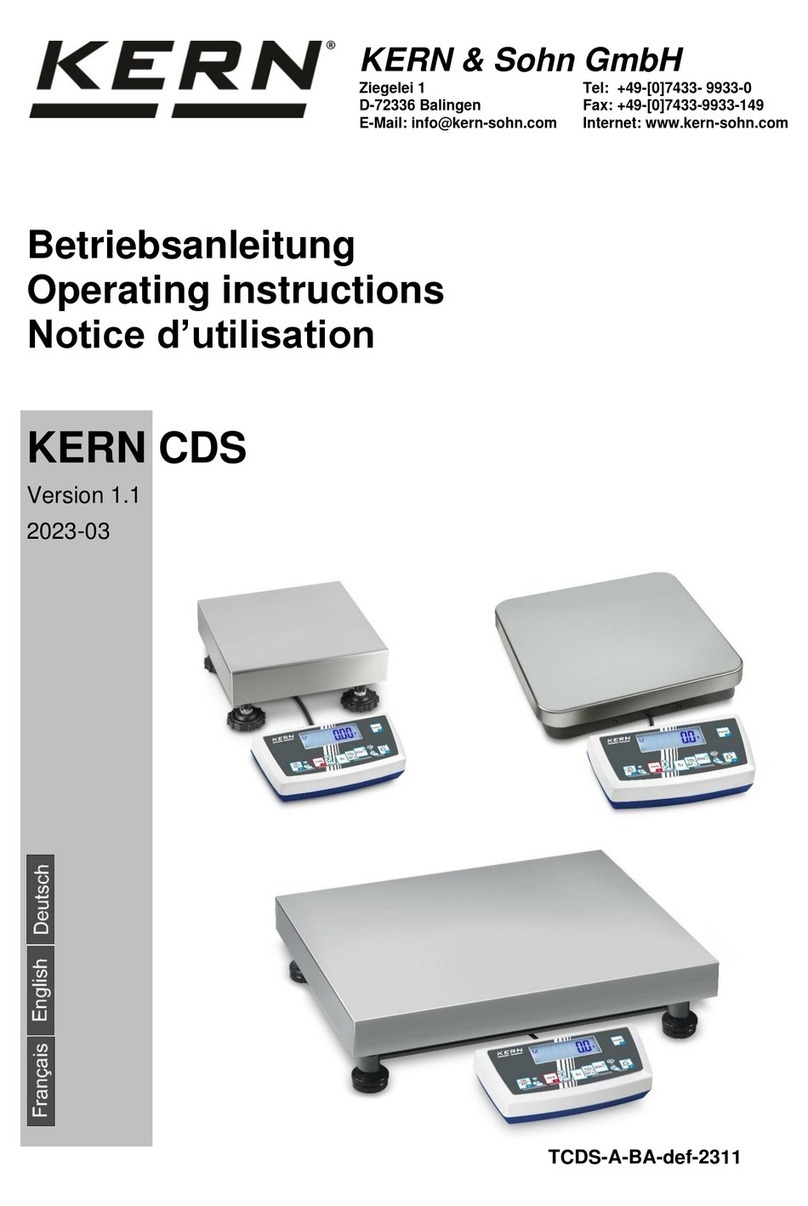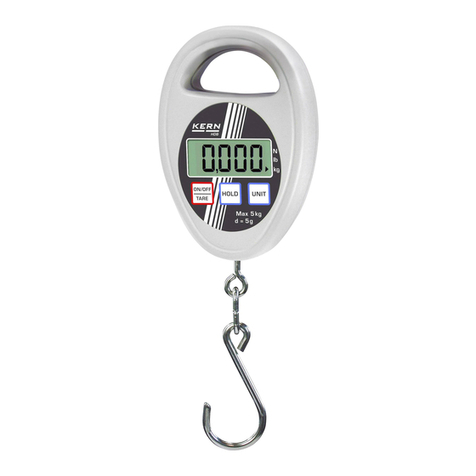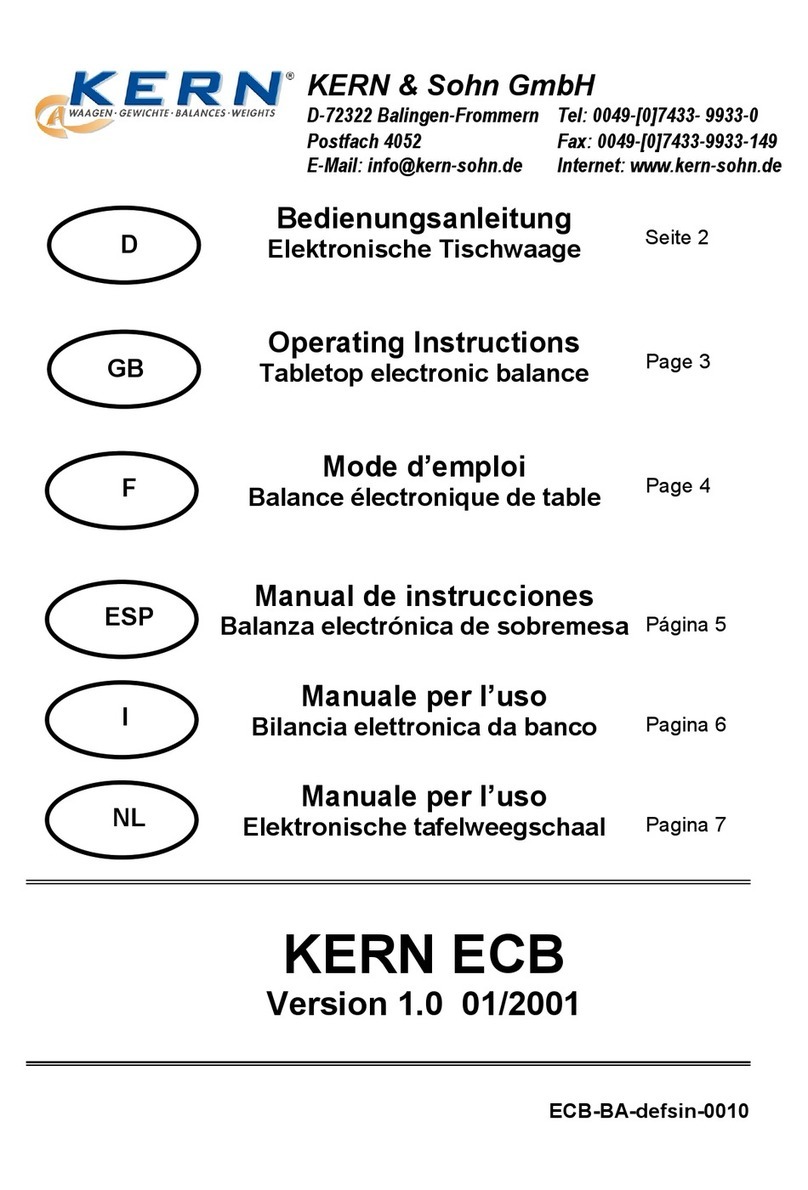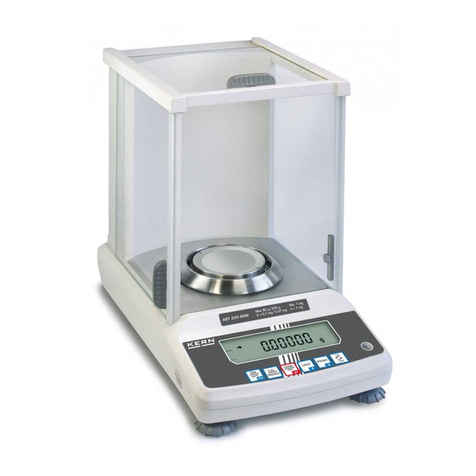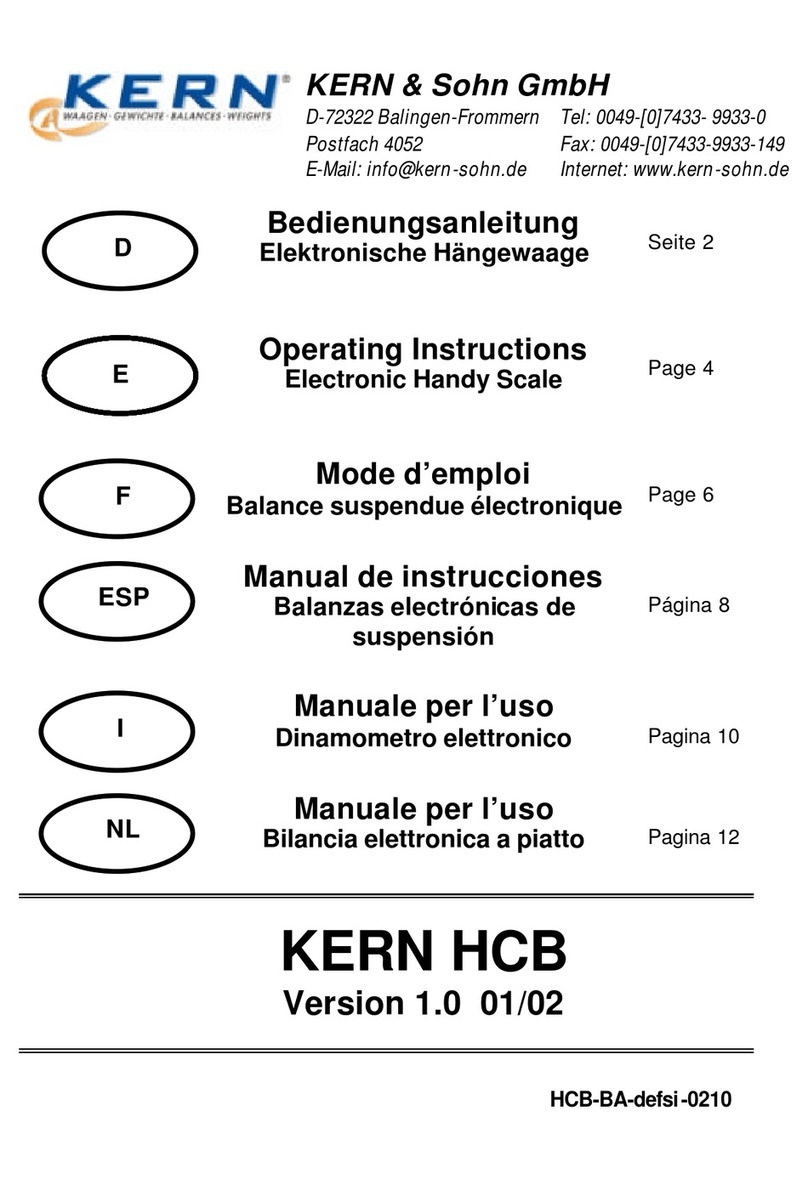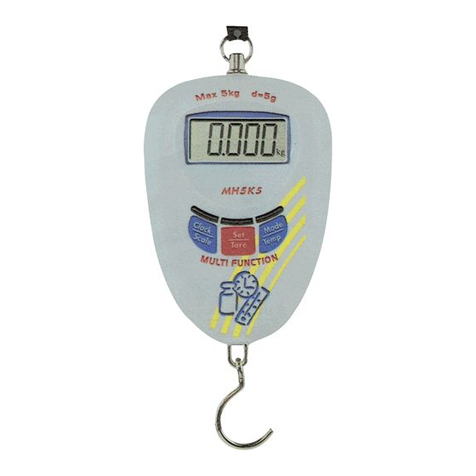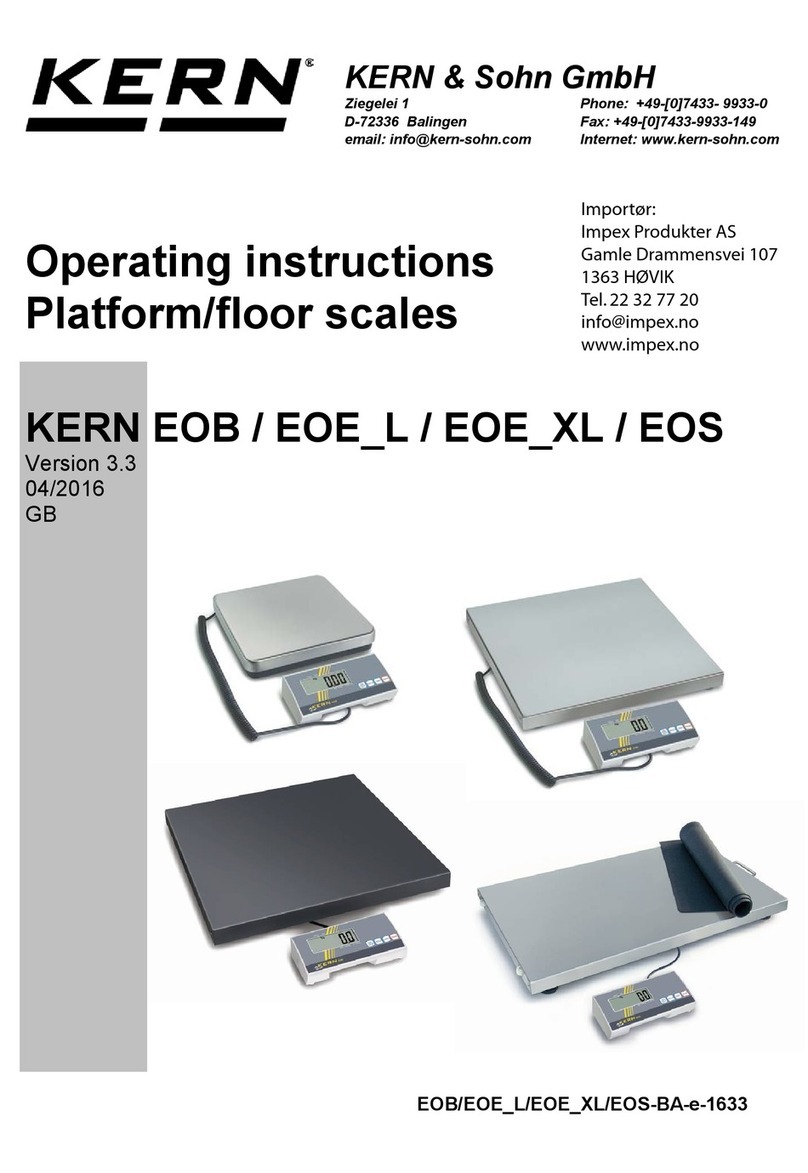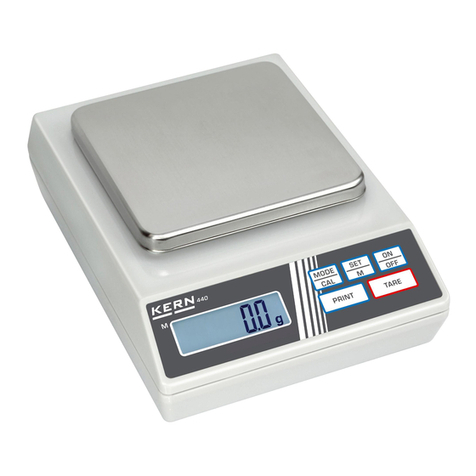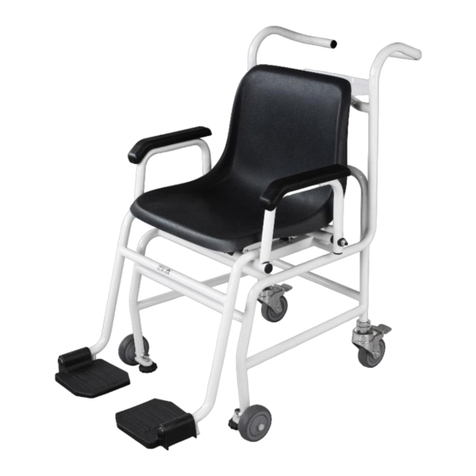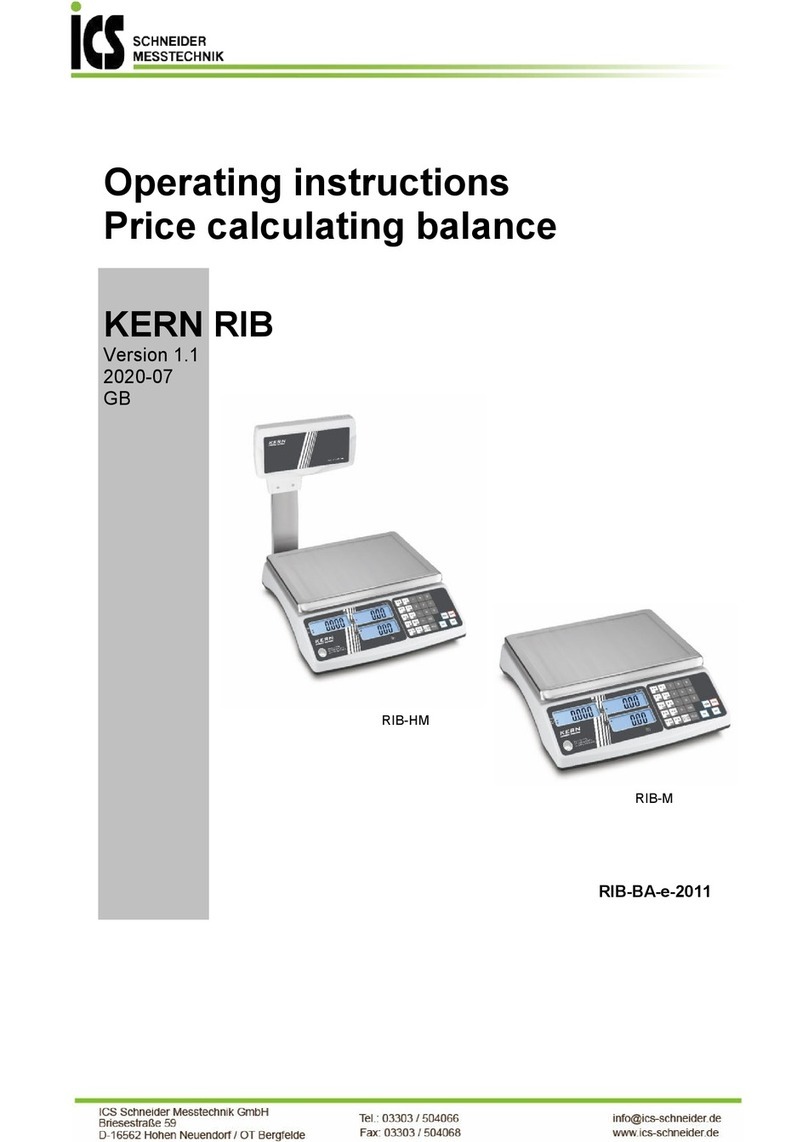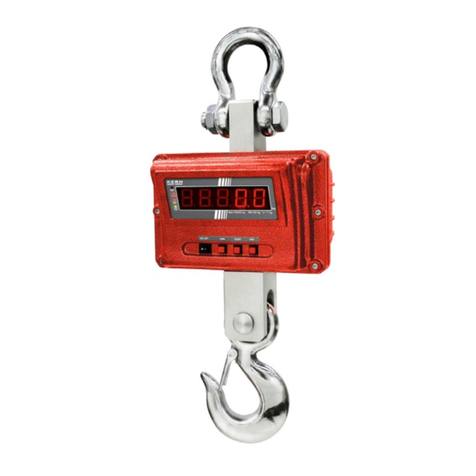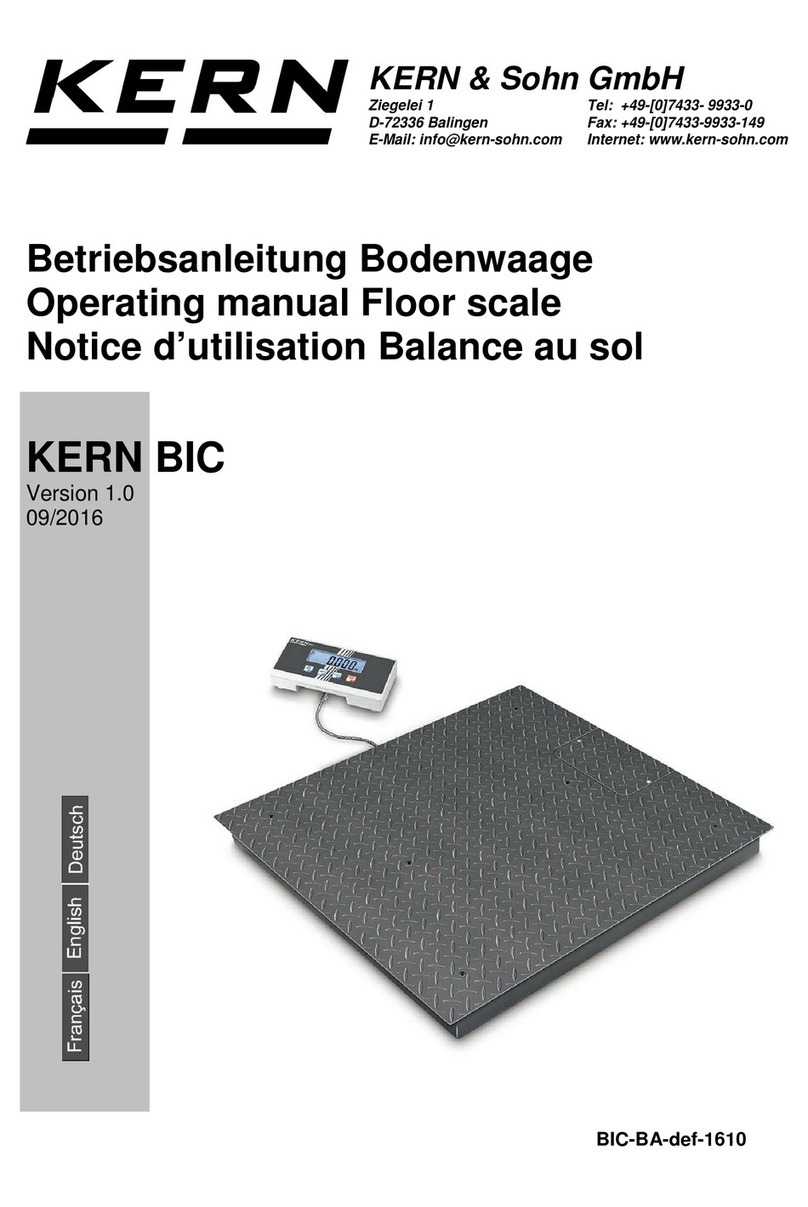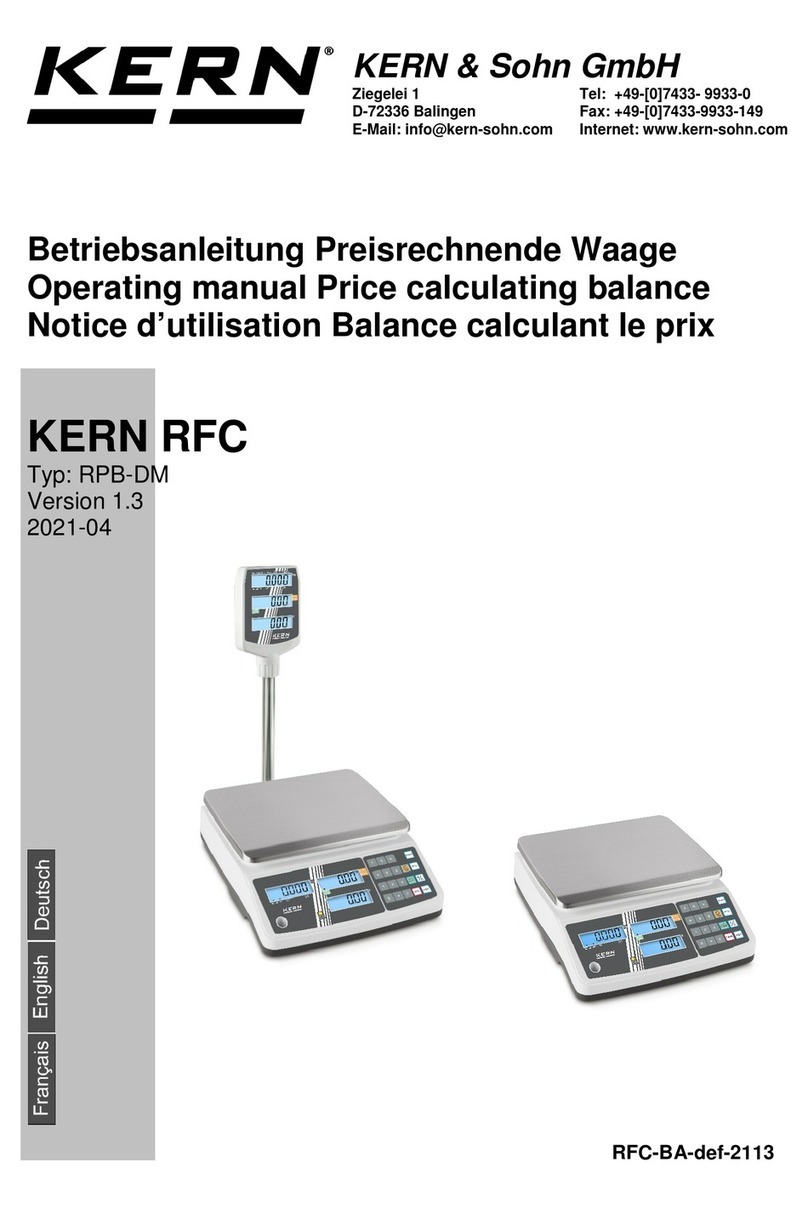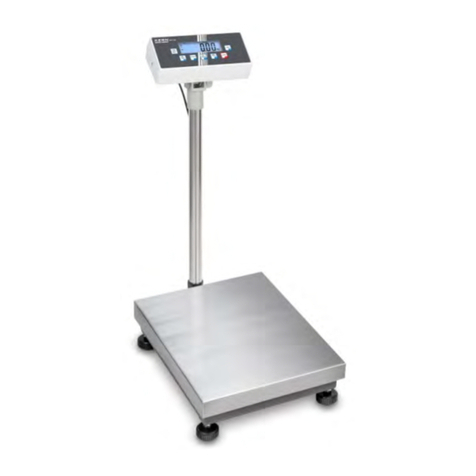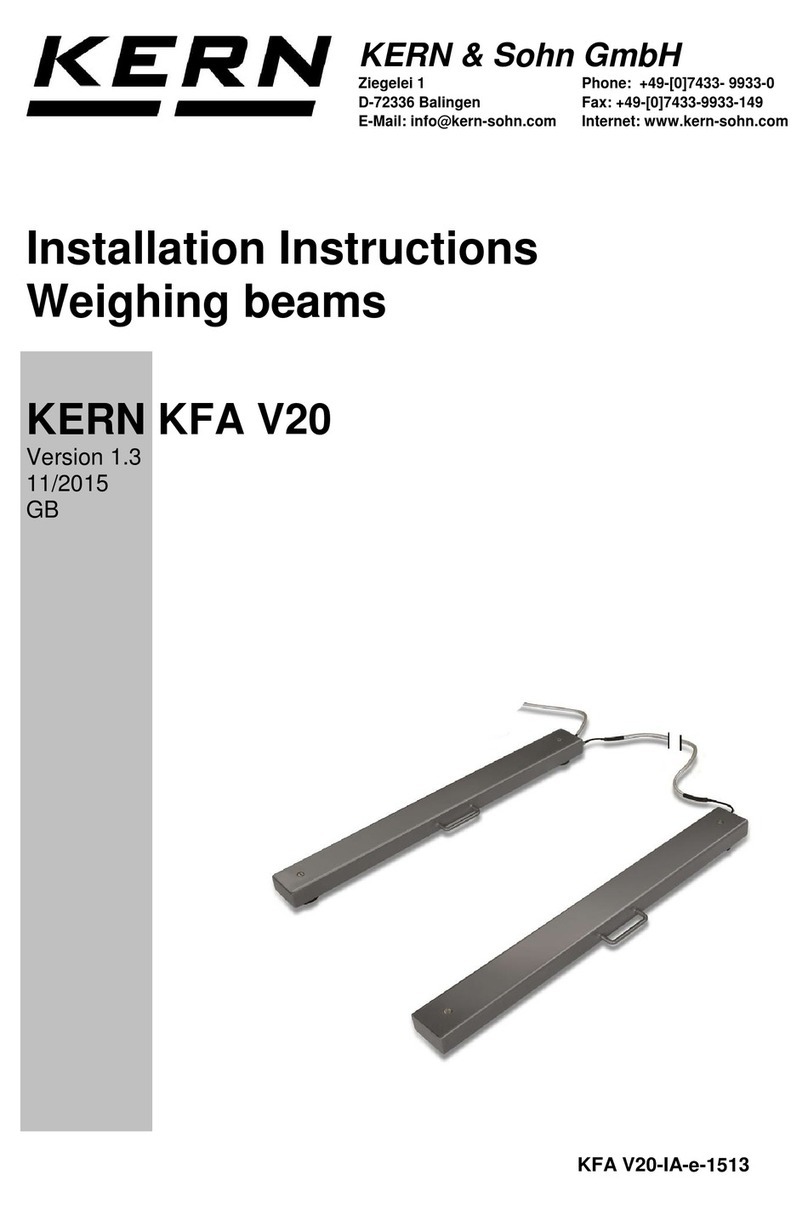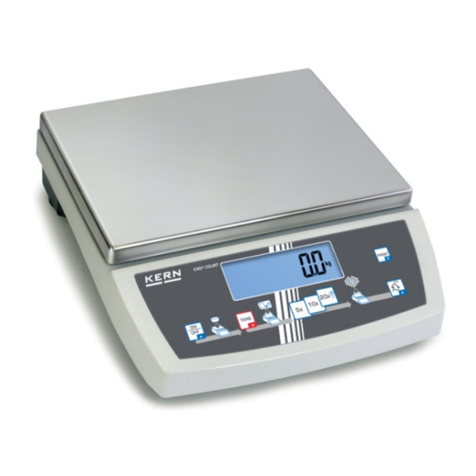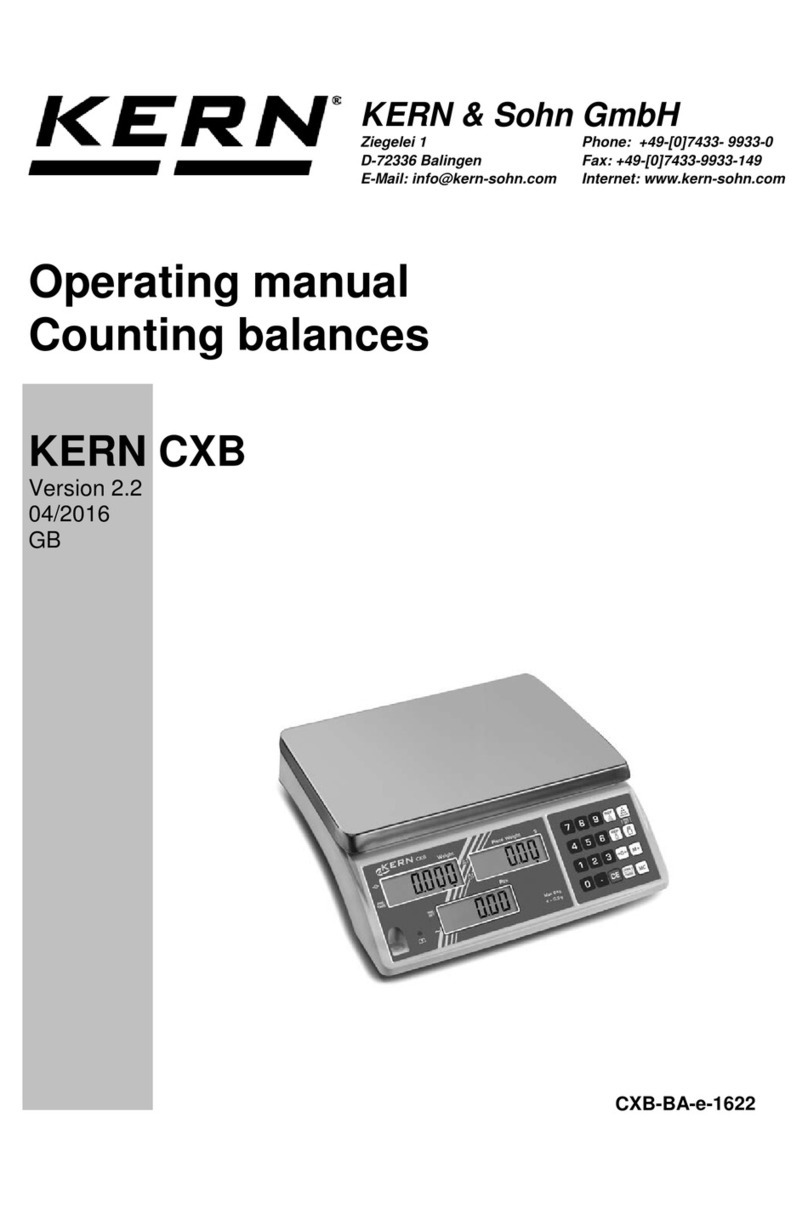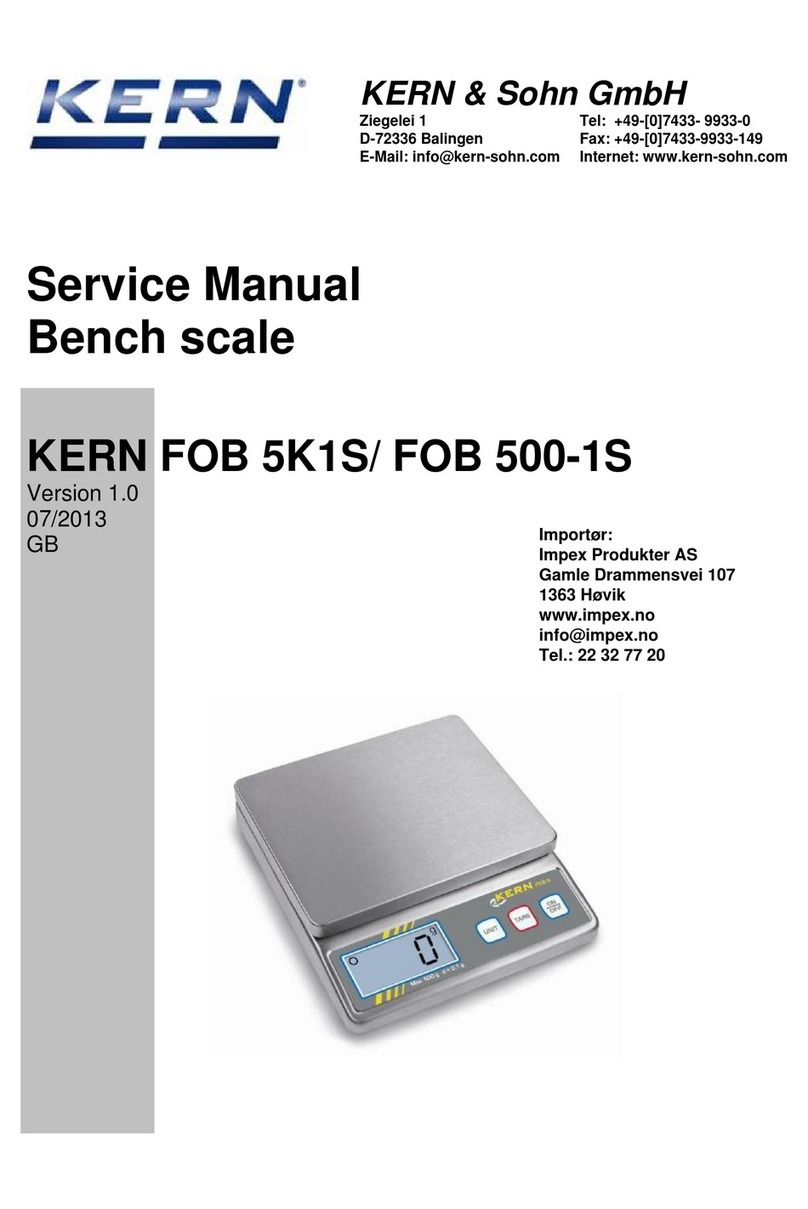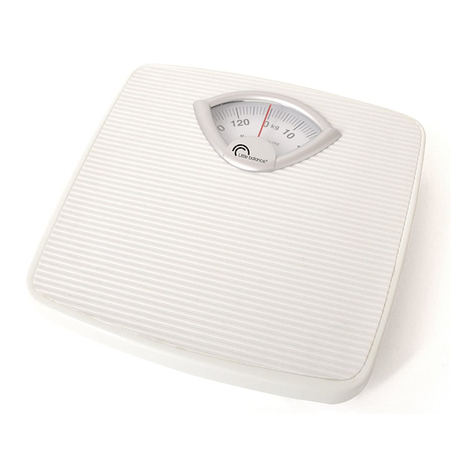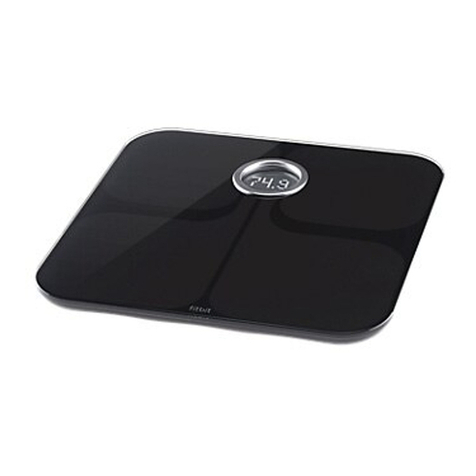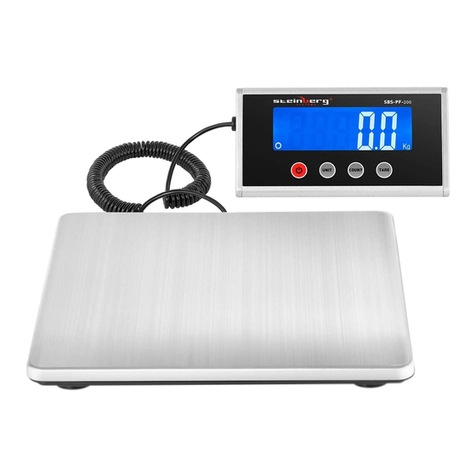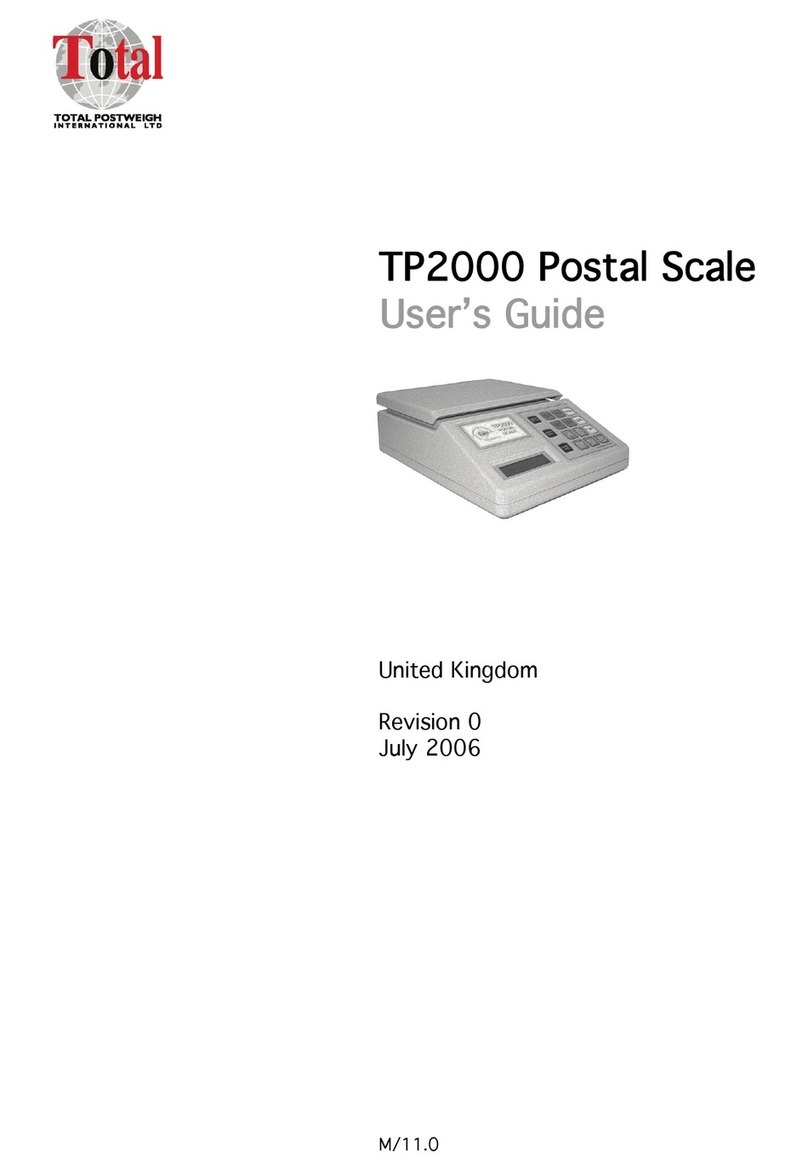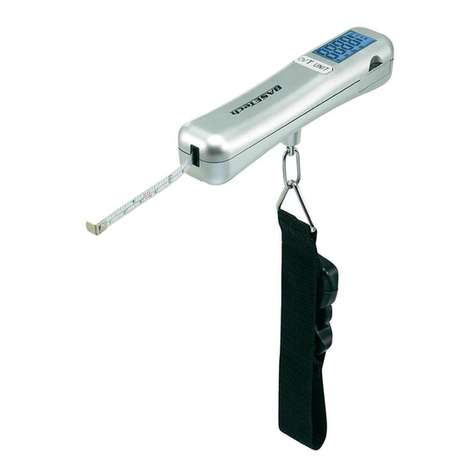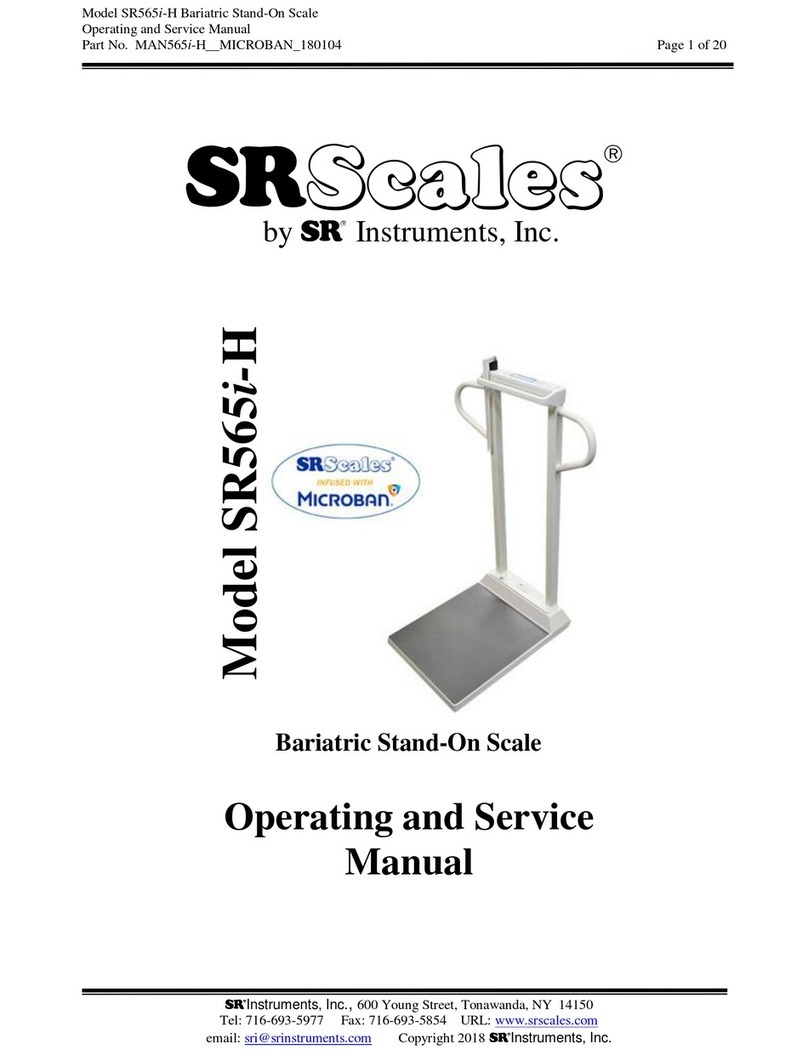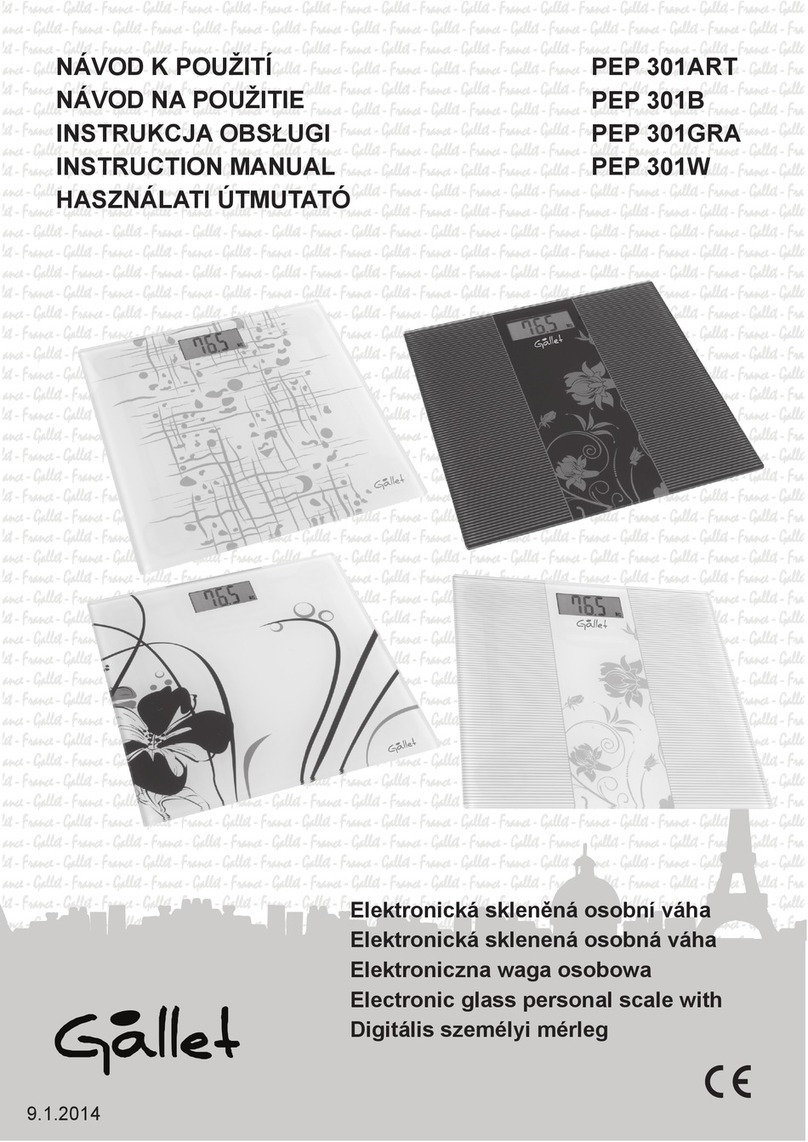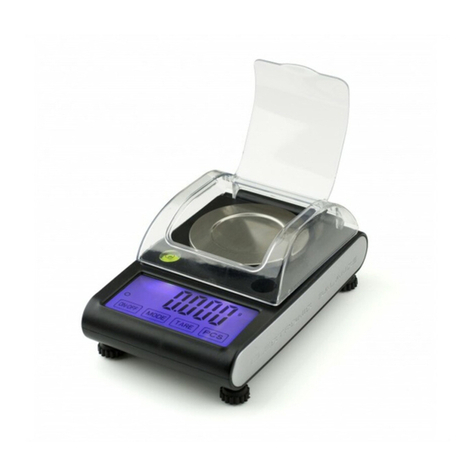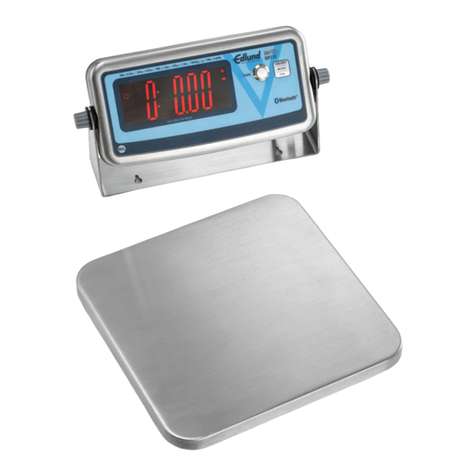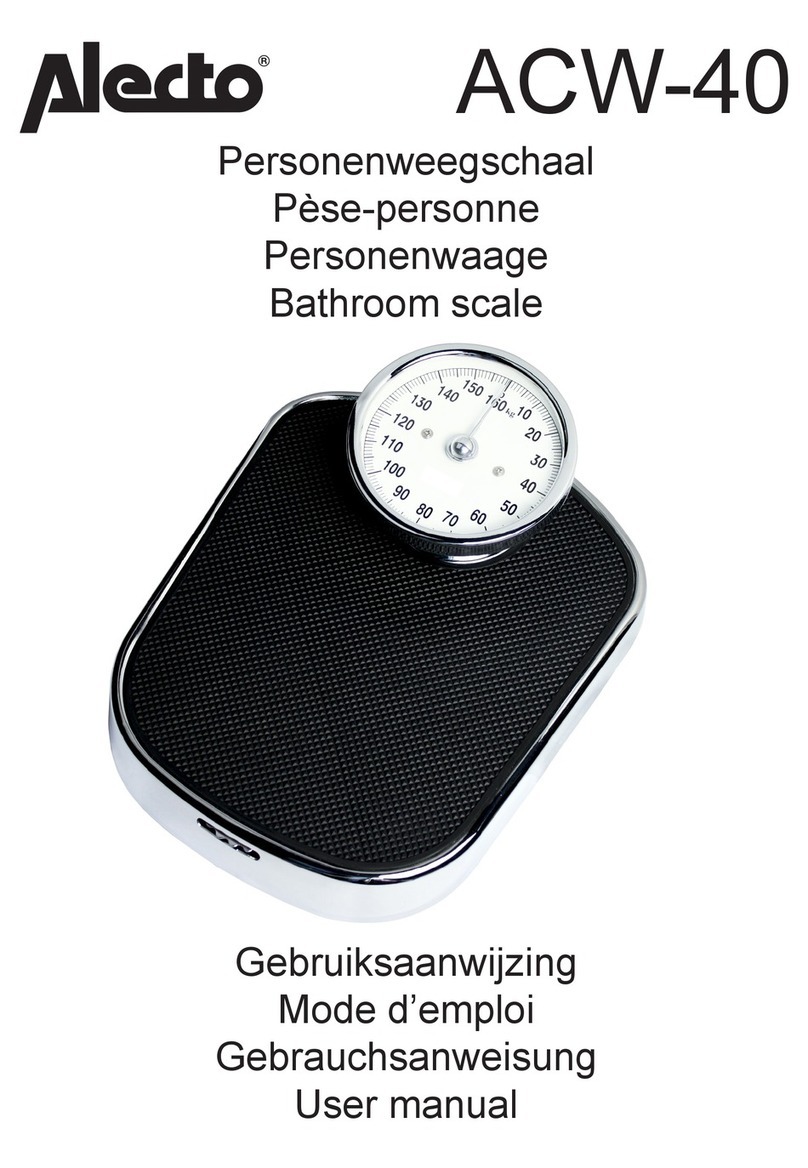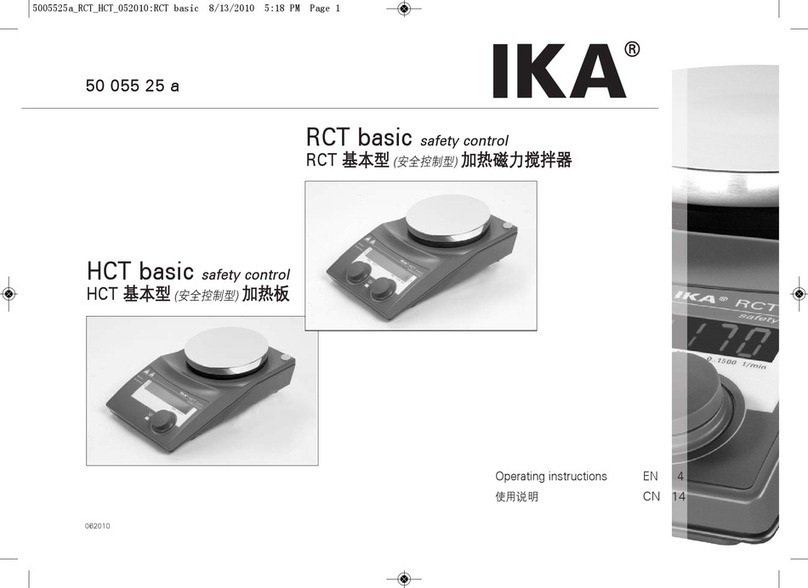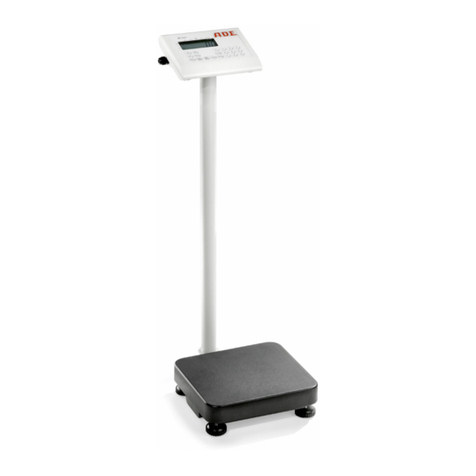CH-BA-defsi-04226
4 Transport and storage
4.1 Acceptance check
Please check the packaging immediately upon delivery and
the device during unpacking for any visible signs of external
damage.
4.2 Packaging
Please retain all parts of the original packaging in case it
should be necessary to return items at any time.
Only the original packaging should be used for return con-
signments. Before despatch, disconnect all attached cables
and loose/movable parts. Apply any intended transport secu-
rity devices. Secure all parts, e.g. glass windshield, weighing
plate, power unit etc., to prevent slipping and damage.
5 Unpacking, installation and commissioning
5.1 Place of installation, place of use
The balance is constructed in such a way that reliable weigh-
ing results can be achieved under normal application condi-
tions.
By selecting the correct application location for your balance,
you will be able to work quickly and precisely.
Therefore please observe the following at the application
location:
•Avoid extreme heat as well as temperature fluctuation
caused by installing next to a radiator or in the direct
sunlight;
•Protect the balance against direct draughts due to open
windows and doors;
•Avoid jarring during weighing;
•Protect the balance against high humidity, vapours and
dust;
•Do not expose the device to extreme dampness for longer
periods of time. Inadmissible bedewing (condensation of
air moisture on the device) can occur if a cold device is
taken into a significantly warmer environment. In this case,
please acclimatise the device for approx. 2 hours at room
temperature after it has been disconnected from the bat-
terys.
•Avoid static charging of the material to be weighed, weigh-
ing container and windshield.
Major display deviations (incorrect weighing results) are possi-
ble if electromagnetic fields occur as well as due to static
charging and instable power supply. It is then necessary to
change the location.
5.2 Unpacking
Carefully remove the balance from its packaging, remove the
plastic wrapping and position the balance in its intended work-
ing location.
5.2.1 List of items supplied
Standard accessories:
•Hanging balance
•Battery
•Operating instructions
5.3 Battery operation and change
Push off the battery cover on the back of the balance in the
direction of the arrow. Insert 9 V battery. Replace the battery
cover. When the batteries are exhausted the message "LO"
appears in the balance display. Press the OFF switch and
replace the batteries immediately. To preserve battery life the
balance switches off automatically after 4 minutes if no weigh-
ing has taken place.
6 Adjustment
As the acceleration value due to gravity is not the same at
every location on earth, each balance must be coordinated –
in compliance with the underlying physical weighing principle -
to the existing acceleration due to gravity at its place of loca-
tion ( only if the balance has not already been adjusted to the
location in the factory). This adjustment process must be
carried out during the initial start-up, after change in location
and variation of surrounding temperature. It is also recom-
mendable to adjust the balance periodically during weighing
operation in order to obtain exact measured values.
6.1 Adjusting
Using a precision weight, the accuracy of the balance can be
checked at any time and adjusted.
Adjustment procedure:
Check that the surrounding conditions are stable. A short
warm-up time of about 1 minutes are recommended for stabi-
lisation.
Press “OFF” key approx. 3 seconds, ”CAL” and then the exact
weight of the adjusting weight will appear at the display.
Hang on the adjusting weight on the hook of the hanging
scale. “ F” will appear a short time later, and then turn off.
In case of an adjusting error or a wrong adjusting weight “ E”
appears in the display.
KERN CH15K20 CH50K50 CH50K100
Adjusting weight
(not included)) 10kg (M3) 20kg (M3) 20kg (M3)
7 Operation Instruction
7.1 Weighing
•The balance is switched on by pressing the "ON/TARE" key.
•The balance display shows "0.00“.
•Hang on the weighing object carefully.
•If the weighing object is heavier than the weighing range the
display indicates "E“ (=Overload). Be sure to prevent over-
loading (chap. 2.2 “Inappropriate use”).
•The balance is switched off by pressing the "OFF“ key once.
7.2 Taring
•Switch the balance on with "ON" key and wait for "0“ to ap-
pear in the display. Hang on the tare load carefully and press
the "ON/TARE" key again.
•The balance display becomes "0.00“. The weight of the tare
load has however been memorised internally. The item to be
weighed can now be placed carefully in the tare container
and the weight can be read off.
•If the “ON/TARE” key is pressed, the total tare value will
appear. When the “ON/TARE” key is pressed again, "0.00"
appears on the display. The total tare will be memorised.
7.3 Data HOLD
•When the “HOLD” key is pressed, the display value (even
when the weight values vary) shown on the display will be
held 5 seconds.
